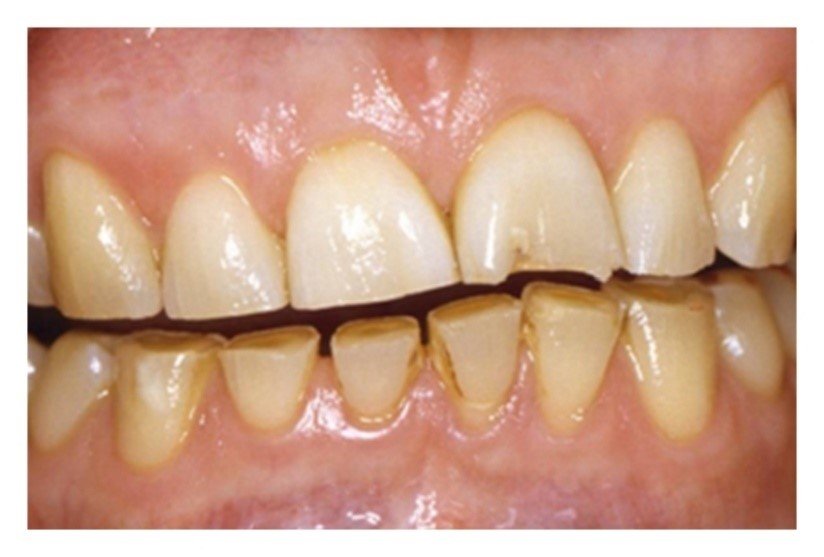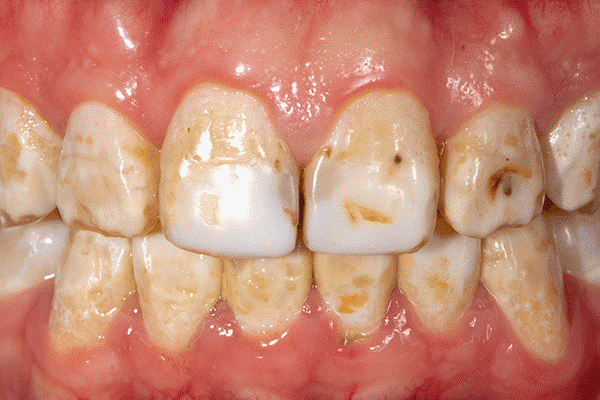From worn teeth to a stunning smile: how Full Mouth Rehabilitation works!
Common Reasons for Full Mouth Rehabilitation
1. Bite Issues (Malocclusion)
2. Attrition (Tooth Wear)

3. Enamel Hypoplasia

4. Fluorosis

Why Full Mouth Rehabilitation is the Solution

The Process of Full Mouth Rehabilitation
The process of full mouth rehabilitation is tailored to your specific needs. Here’s what you can expect:
1.Initial Consultation: During your consultation, we’ll examine your teeth, discuss your concerns, and create a personalized treatment plan. This may include X-rays, impressions, and digital scans.
2. Treatment Planning: Based on your unique dental needs, we’ll design a treatment plan that includes crowns, veneers/laminates, or a combination of treatments. We’ll also address any underlying issues, such as bite problems or tooth decay.
3. Preparation: Some treatments may require preparing your teeth, such as removing a small amount of enamel for crowns or veneers. Temporary restorations may be placed during this stage.
4. Placement: Once your restorations are ready, we’ll place crowns, veneers, or laminates, ensuring they fit perfectly and provide a comfortable bite.
5. Follow-Up and Maintenance: After your rehabilitation, we’ll schedule follow-up appointments to ensure that everything is functioning properly. We’ll also provide tips on maintaining your new smile with proper oral care.


FAQs About Full Mouth Rehabilitation
1. How long does full mouth rehabilitation take?
2. Is the full mouth rehabilitation process painful?
3. Will my new smile look natural?
4. How long will my new restorations last?
5. Can full mouth rehabilitation help with bite issues?
6. Is Full Mouth Rehabilitation Right for You?
Ready to take the next step toward a healthier, more confident smile?
Contact us today to schedule your consultation and learn how full mouth rehabilitation can transform your smile!



